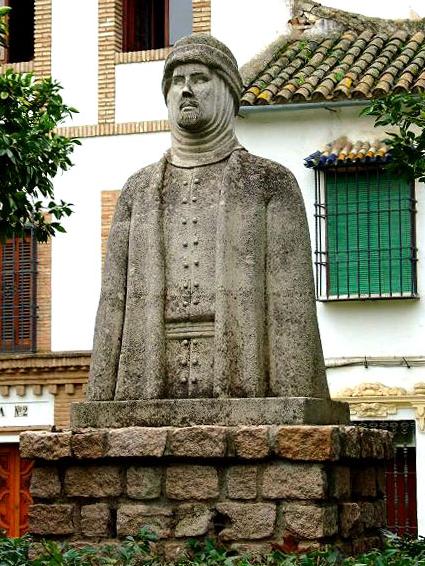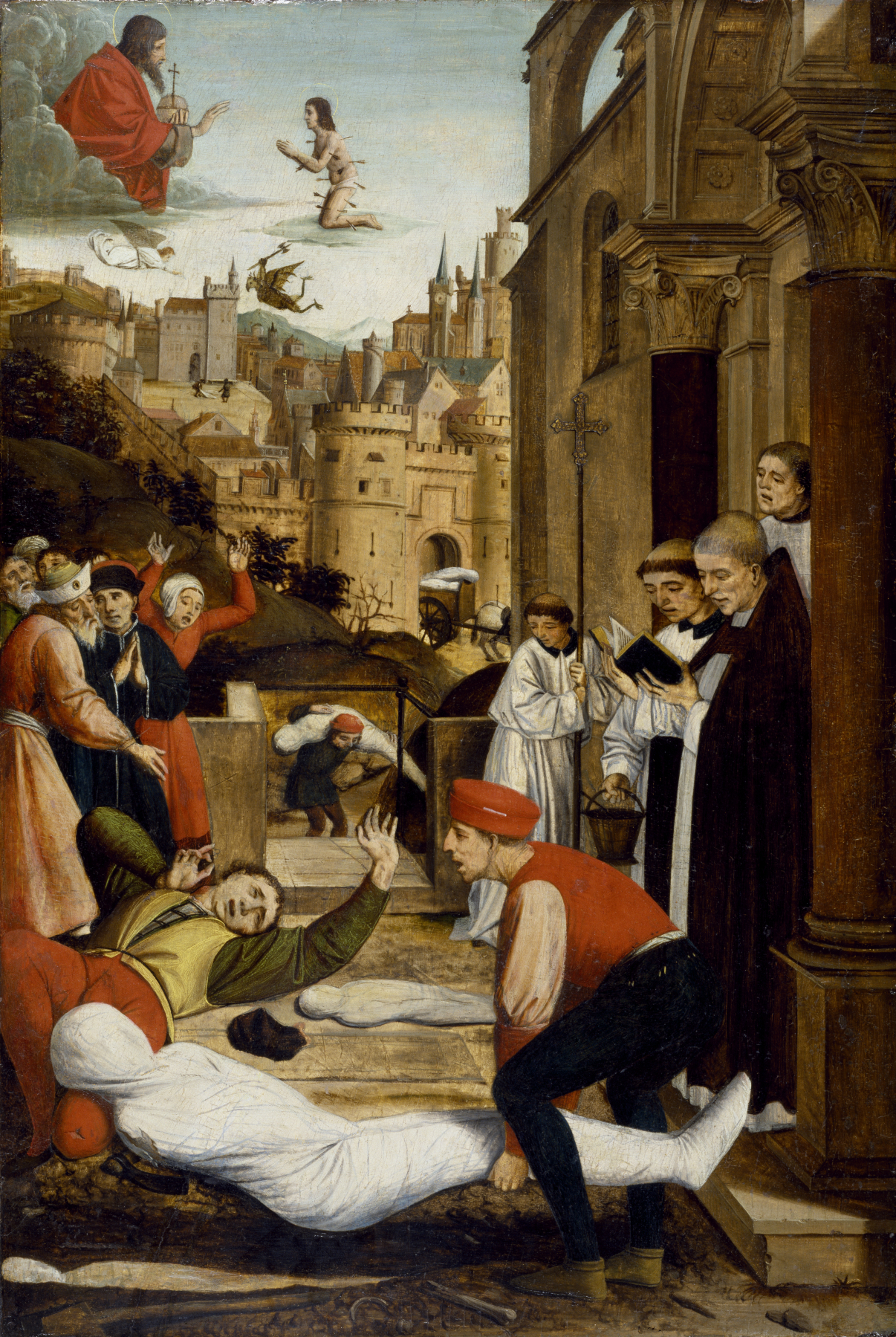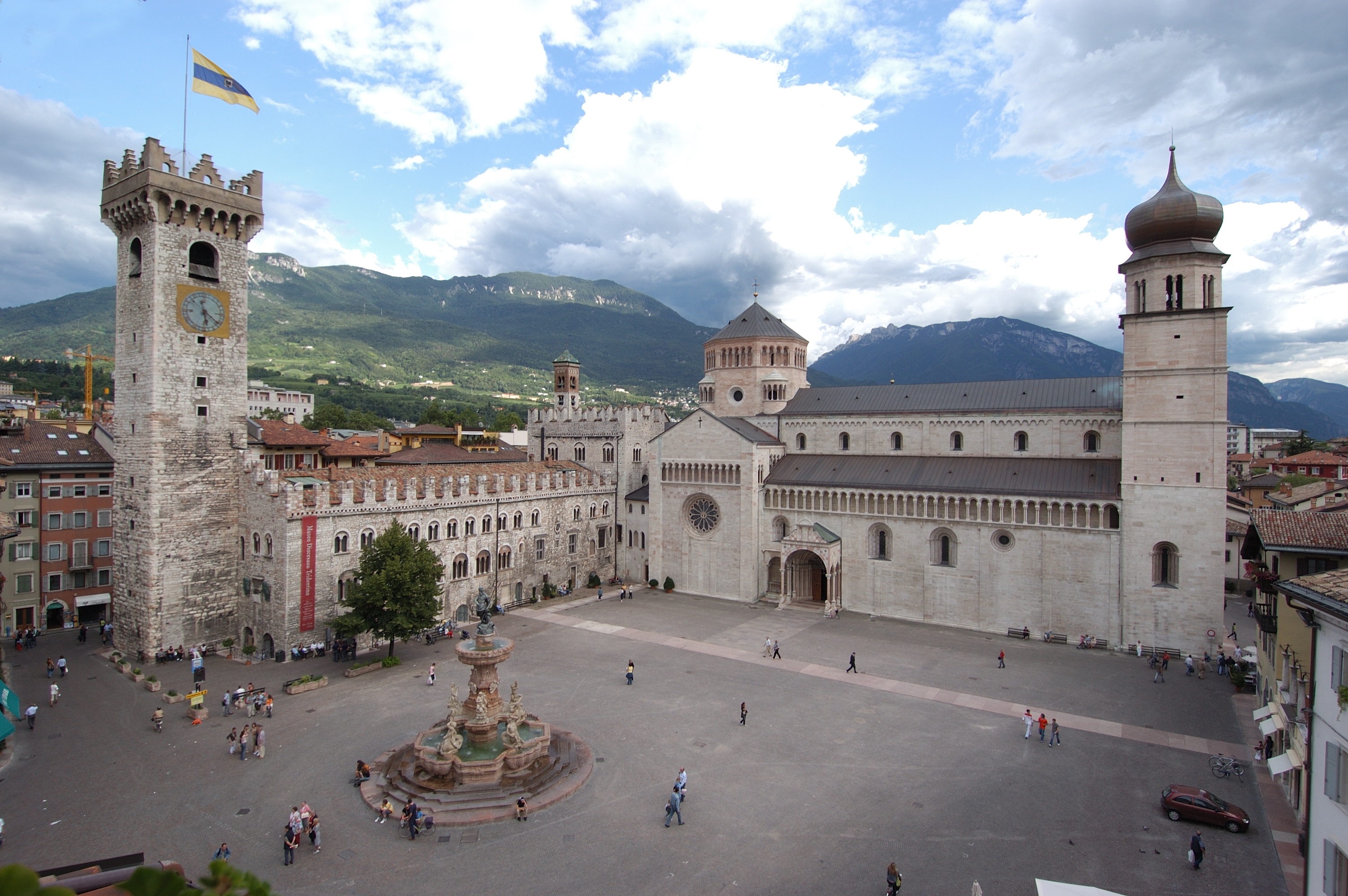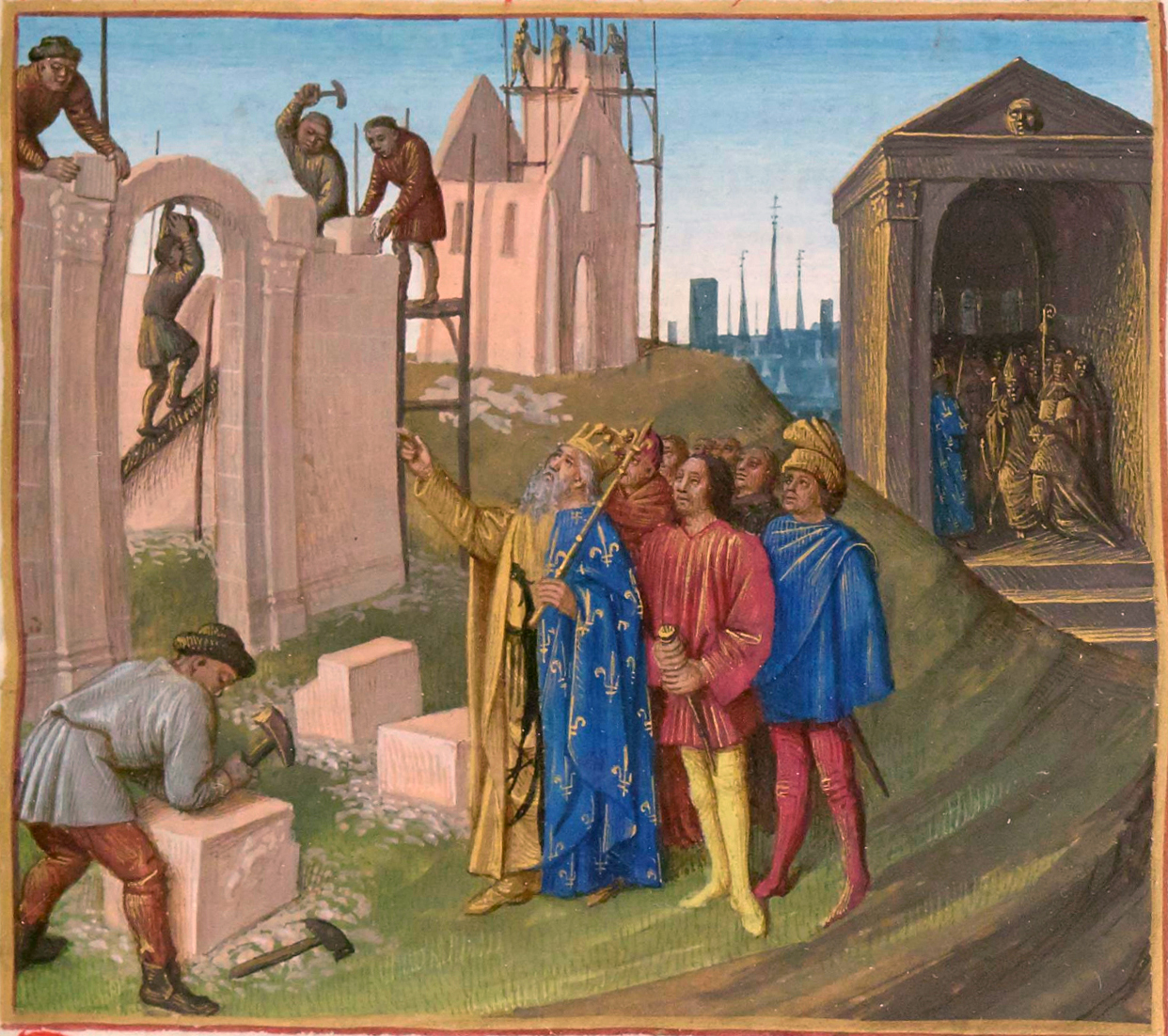|
961 Births
Year 961 ( CMLXI) was a common year starting on Tuesday of the Julian calendar. Events By place Byzantine Empire * March 6 – Siege of Chandax: Byzantine forces under Nikephoros II Phokas capture and pillage Chandax after an 8-month siege. Nikephoros massacres the population without mercy and carries them off into slavery, returning to Constantinople with Emir Abd al-Aziz ibn Shu'ayb and his family as prisoners. The island Emirate of Crete is converted into a Byzantine theme and the remaining Muslims are converted to Christianity. Europe * May 26 – Otto I, Holy Roman Emperor elects his 6-year-old son Otto II as heir apparent and co-ruler at the Imperial Diet in Worms. He is crowned at Aachen, and placed under the tutelage of his grandmother Matilda and his half-brother William of Mainz. Otto's own brother Bruno I is charged with the provisional government of Lorraine again. * Summer – Otto I leads an expeditionary force into northern Italy t ... [...More Info...] [...Related Items...] OR: [Wikipedia] [Google] [Baidu] |
Otto II, Holy Roman Emperor
Otto II (955 – 7 December 983), called the Red (), was Holy Roman Emperor from 973 until his death in 983. A member of the Ottonian dynasty, Otto II was the youngest and sole surviving son of Otto the Great and Adelaide of Italy. Otto II was made joint-ruler of Germany in 961, at an early age, and his father named him co-Emperor in 967 to secure his succession to the throne. His father also arranged for Otto II to marry the Byzantine Empire, Byzantine Princess Theophanu, who would be his wife until his death. When his father died after a 37-year reign, the eighteen-year-old Otto II became Autocracy, absolute ruler of the Holy Roman Empire in a peaceful succession. Otto II spent his reign continuing his father's policy of strengthening Imperial rule in Germany and extending the borders of the Empire deeper into Southern Italy. Otto II also continued the work of Otto I in subordinating the Catholic Church to Imperial control. Early in his reign, Otto II defeated a War of the Th ... [...More Info...] [...Related Items...] OR: [Wikipedia] [Google] [Baidu] |
Pavia
Pavia ( , ; ; ; ; ) is a town and comune of south-western Lombardy, in Northern Italy, south of Milan on the lower Ticino (river), Ticino near its confluence with the Po (river), Po. It has a population of c. 73,086. The city was a major political centre in the medieval period, being the capital of the Ostrogothic Kingdom from 540 to 553, of the Kingdom of the Lombards from 572 to 774, of the Kingdom of Italy (Holy Roman Empire), Kingdom of Italy from 774 to 1024 and seat of the Visconti of Milan, Visconti court from 1365 to 1413. Pavia is the capital of the fertile province of Pavia, which is known for a variety of agricultural products, including wine, rice, cereals, and dairy products. Although there are a number of industries located in the suburbs, these tend not to disturb the peaceful atmosphere of the town. It is home to the ancient University of Pavia (founded in 1361 and recognized in 2022 by the Times Higher Education World University Rankings, Times Higher Education ... [...More Info...] [...Related Items...] OR: [Wikipedia] [Google] [Baidu] |
Pope John XII
Pope John XII (; 14 May 964), born Octavian, was the bishop of Rome and ruler of the Papal States from 16 December 955 to his death in 964. He was related to the counts of Tusculum, a powerful Roman family which had dominated papal politics for over half a century. He became Pope somewhere between the ages of 17 and 25. If he was 17 then he may have been the youngest Pope in history- if not, that title may belong to Pope Benedict IX, Benedict IX, who was between the ages of 11 and 20 when Papal conclave, elected. In 960, he clashed with the Lombards to the south. Unable to control Rome easily, he sought help from King Otto I of Germany and coronation of the Holy Roman Emperor, crowned him emperor. John XII's pontificate became infamous for the alleged depravity and worldliness with which he conducted his office. He soon fell out with Otto, but died before Otto could succeed in his attempt to depose him. Family and election Family Octavianus was the son of Alberic II of Spoleto, P ... [...More Info...] [...Related Items...] OR: [Wikipedia] [Google] [Baidu] |
Trento
Trento ( or ; Ladin language, Ladin and ; ; ; ; ; ), also known in English as Trent, is a city on the Adige, Adige River in Trentino-Alto Adige/Südtirol in Italy. It is the capital of the Trentino, autonomous province of Trento. In the 16th century, the city was the location of the Council of Trent. Formerly part of Austrian Empire, Austria and Austria-Hungary, it was annexed by Kingdom of Italy, Italy in 1919. With 118,142 inhabitants, Trento is the third largest city in the Alps and second largest in the historical region of Tyrol. Trento is an educational, scientific, financial and political centre in Trentino-Alto Adige/Südtirol, in Tyrol and Northern Italy in general. The city contains a picturesque Medieval and Renaissance historic centre, with ancient buildings such as Trento Cathedral and the Castello del Buonconsiglio. Together with other Alpine towns Trento engages in the Alpine Town of the Year Association for the implementation of the Alpine Convention to achie ... [...More Info...] [...Related Items...] OR: [Wikipedia] [Google] [Baidu] |
Brenner Pass
The Brenner Pass ( , shortly ; ) is a mountain pass over the Alps which forms the Austria-Italy border, border between Italy and Austria. It is one of the principal passes of the Alps, major passes of the Eastern Alpine range and has the lowest altitude among Alpine passes of the area. Dairy cattle graze in alpine pastures throughout the summer in valleys beneath the pass and on the mountain slopes. At lower altitudes, farmers log pine trees, plant crops and harvest hay for winter fodder. Many of the high pastures are at an altitude of over ; a small number stand high in the mountains at around . The central section of the Brenner Pass covers a four-lane motorway and railway tracks connecting Bolzano, Bozen/Bolzano in the south and Innsbruck to the north. The village of Brenner consists of an outlet shopping centre (supermarkets and stores), fruit stores, restaurants, cafés, hotels and a gas station. It has a population of 400 to 600 (). Etymology Older, obsolete theories ... [...More Info...] [...Related Items...] OR: [Wikipedia] [Google] [Baidu] |
Kingdom Of Italy (Holy Roman Empire)
The Kingdom of Italy ( or ; ; ), also called Imperial Italy (; ), was one of the constituent kingdoms of the Holy Roman Empire, along with the kingdoms of Germany, Bohemia, and Burgundy. It originally comprised large parts of northern and central Italy. Its original capital was Pavia until the 11th century. Following the fall of the Western Roman Empire in 476 and the brief rule of Odoacer, Italy was ruled by the Ostrogoths and later the Lombards. In 773, Charlemagne, the king of the Franks, crossed the Alps and invaded the Lombard kingdom, which encompassed all of Italy except the Duchy of Rome, the Republic of Venice and the Byzantine possessions in the south. In June 774, the kingdom collapsed and the Franks became masters of northern Italy. The southern areas remained under Lombard control, as the Duchy of Benevento was changed into the independent Principality of Benevento. Charlemagne called himself king of the Lombards and in 800 was crowned emperor in Rome. Membe ... [...More Info...] [...Related Items...] OR: [Wikipedia] [Google] [Baidu] |
Duchy Of Lorraine
The Duchy of Lorraine was a principality of the Holy Roman Empire which existed from the 10th century until 1766 when it was annexed by the kingdom of France. It gave its name to the larger present-day region of Lorraine in northeastern France. Its capital was Nancy. It was founded in 959 following the division of Lotharingia into two separate duchies: Upper and Lower Lorraine, the westernmost parts of the Holy Roman Empire The Holy Roman Empire, also known as the Holy Roman Empire of the German Nation after 1512, was a polity in Central and Western Europe, usually headed by the Holy Roman Emperor. It developed in the Early Middle Ages, and lasted for a millennium .... The Lower duchy was quickly dismantled, while Upper Lorraine came to be known as simply the Duchy of Lorraine. The Duchy of Lorraine was coveted and briefly occupied by the dukes of Burgundy and the kings of France, but was ruled by the dukes of the House of Lorraine after 1473. In 1737, the duchy was give ... [...More Info...] [...Related Items...] OR: [Wikipedia] [Google] [Baidu] |
Bruno The Great
Bruno the Great (May 925 – 11 October 965) was the archbishop of Cologne''Religious Drama and Ecclesiastical Reform in the Tenth Century'', James H. Forse, ''Early Theatre'', Vol. 5, No. 2 (2002), 48. from 953 until his death and the duke of Lotharingia after 954. He was the youngest brother of Emperor Otto I. Life Bruno was the youngest son of King Henry the Fowler and Matilda of Ringelheim. While he was still a child, it was decided that he should pursue a clerical career. In the early 940s he was educated in Trier by the leading scholar, Israel the Grammarian. In 951, Otto appointed Bruno as his archchaplain. Bruno soon received further advancement. In 953, the Archbishopric of Cologne fell vacant just when Duke Conrad the Red of Lotharingia, Otto's son-in-law, had joined a rebellion against Otto. By appointing Bruno to the vacant position, Otto provided himself with a powerful ally against Conrad (much of Lotharingia fell under the archdiocese of Cologne) just when he ... [...More Info...] [...Related Items...] OR: [Wikipedia] [Google] [Baidu] |
William (archbishop Of Mainz)
William (929 – 2 March 968) was Archbishop of Mainz from 17 December 954 until his death. He was the son of the Emperor Otto I the Great and a Wendish mother. On 17 December 954, he was appointed to the archbishopric of Mainz following the death of the rebellious former archbishop Frederick. William received confirmation from Pope Agapetus II and also the title of Apostolic Vicar of Germany, a title which made the archbishops of Mainz the pope's deputies in Germany and granted the archdiocese of Mainz the title of Holy See. From his father, William also received the title of " Arch-Chaplain of the Empire An empire is a political unit made up of several territories, military outpost (military), outposts, and peoples, "usually created by conquest, and divided between a hegemony, dominant center and subordinate peripheries". The center of the ...." William died at Rottleberode in 968 and was buried in St. Alban's Abbey, Mainz. References ... [...More Info...] [...Related Items...] OR: [Wikipedia] [Google] [Baidu] |
Matilda Of Ringelheim
Matilda of Ringelheim ( – 14 March 968), also known as Saint Matilda, was a Saxon noblewoman who became queen of Germany. Her husband, Henry the Fowler, was the first king from the Ottonian dynasty, and their eldest son, Otto the Great, restored the Holy Roman Empire in 962. Matilda founded several spiritual institutions and women's convents. She was considered to be extremely pious, righteous and charitable. Matilda's two hagiographical biographies and '' The Deeds of the Saxons'' serve as authoritative sources about her life and work. Early life and dynastic connections Matilda was born in around 892. She was a daughter of Reinhild and Dietrich. He was count of the Duchy of Saxony in the Kingdom of Germany, formed fifty years earlier after the Treaty of Verdun. Fighting against Charlemagne at that time had been the Saxon duke Widukind, from whom Dietrich was descended. It was in Herford Abbey, in the Duchy of Saxony, that Matilda was raised by her grandmother (also ca ... [...More Info...] [...Related Items...] OR: [Wikipedia] [Google] [Baidu] |
Aachen
Aachen is the List of cities in North Rhine-Westphalia by population, 13th-largest city in North Rhine-Westphalia and the List of cities in Germany by population, 27th-largest city of Germany, with around 261,000 inhabitants. Aachen is located at the northern foothills of the High Fens and the Eifel Mountains. It sits on the Wurm (Rur), Wurm River, a tributary of the Rur (river), Rur, and together with Mönchengladbach, it is the only larger German city in the drainage basin of the Meuse. It is the westernmost larger city in Germany, lying approximately west of Cologne and Bonn, directly bordering Belgium in the southwest, and the Netherlands in the northwest. The city lies in the Meuse–Rhine Euroregion and is the seat of the Aachen (district), district of Aachen ''(Städteregion Aachen)''. The once Celts, Celtic settlement was equipped with several in the course of colonization by Roman people, Roman pioneers settling at the warm Aachen thermal springs around the 1st cen ... [...More Info...] [...Related Items...] OR: [Wikipedia] [Google] [Baidu] |







